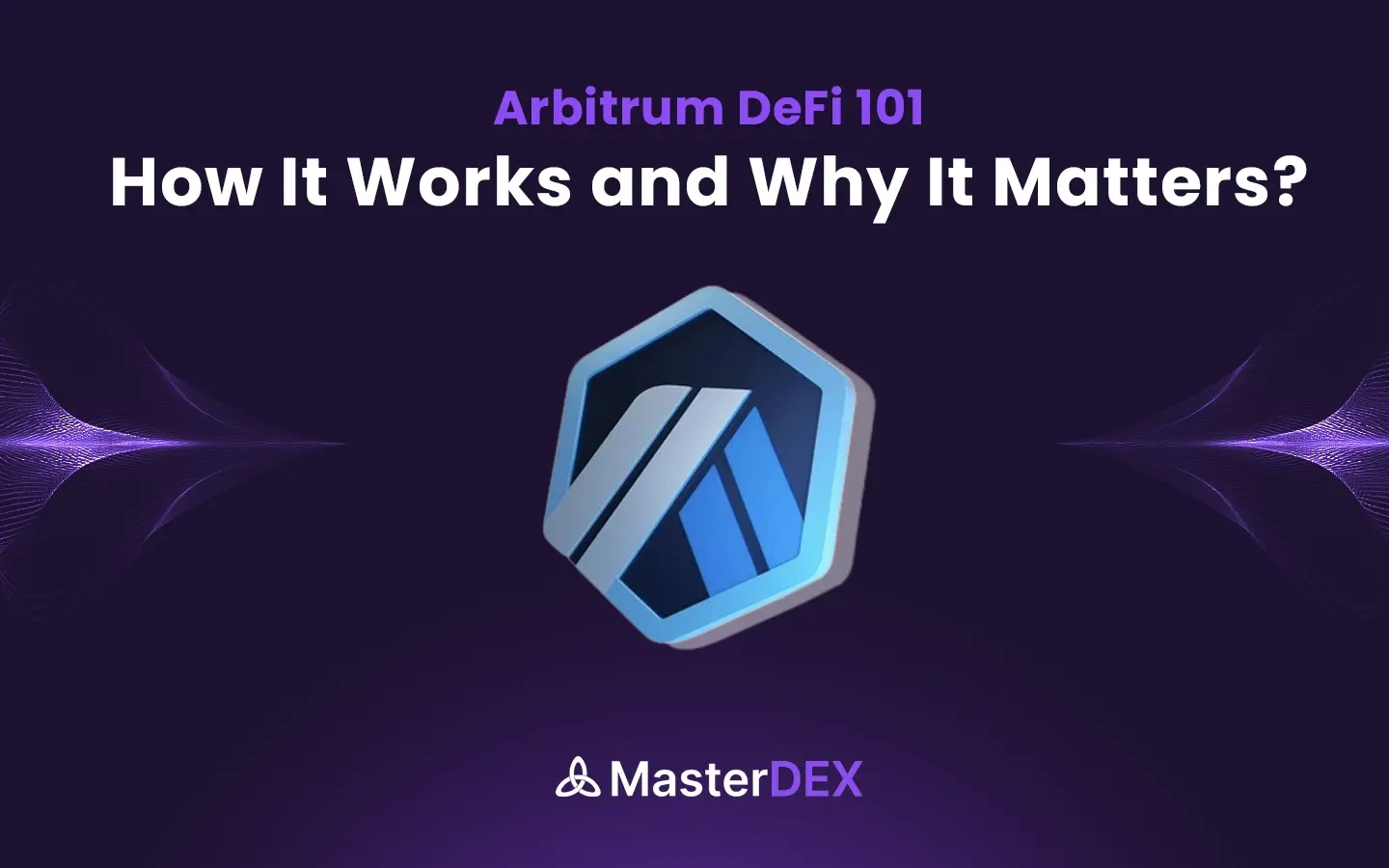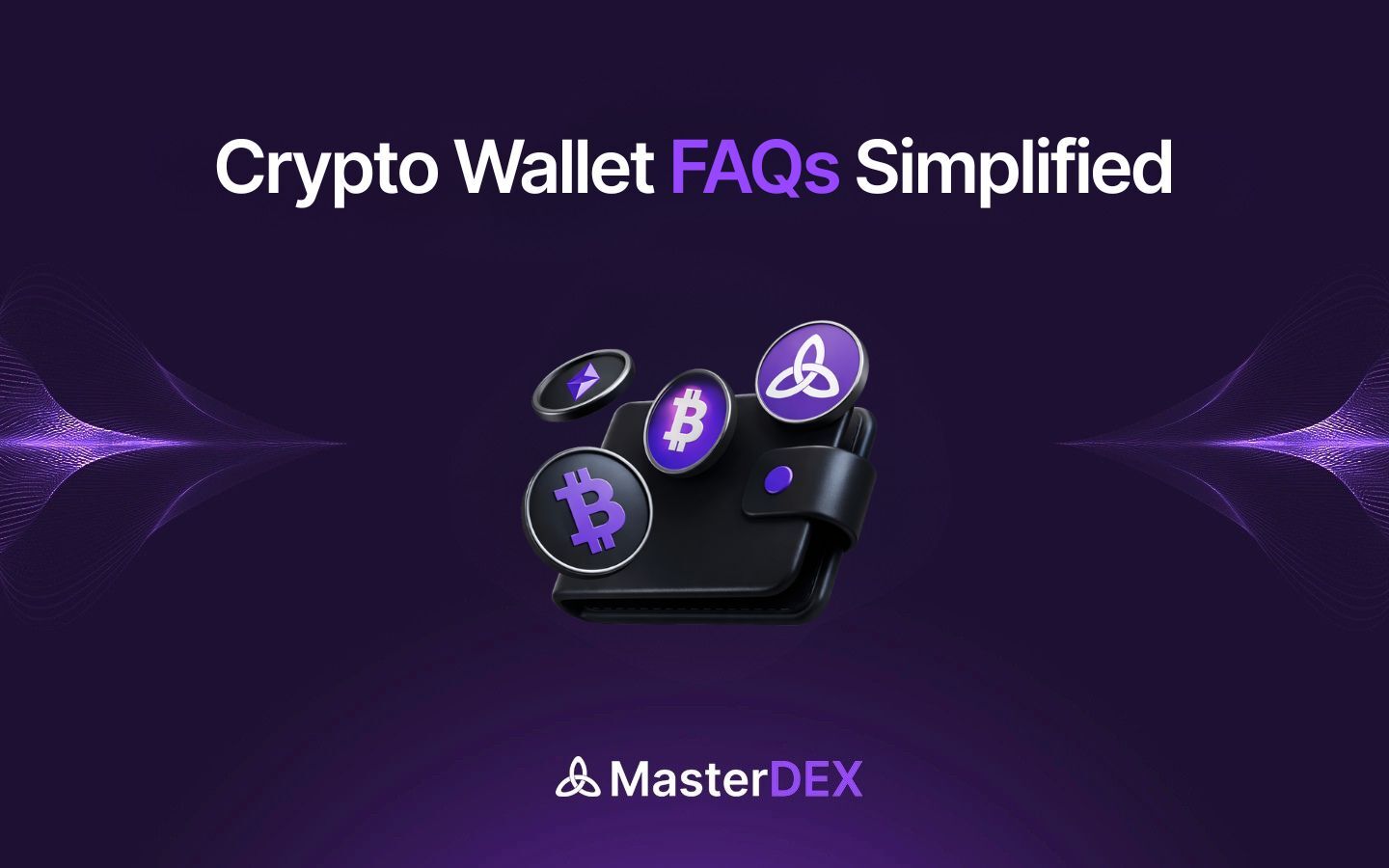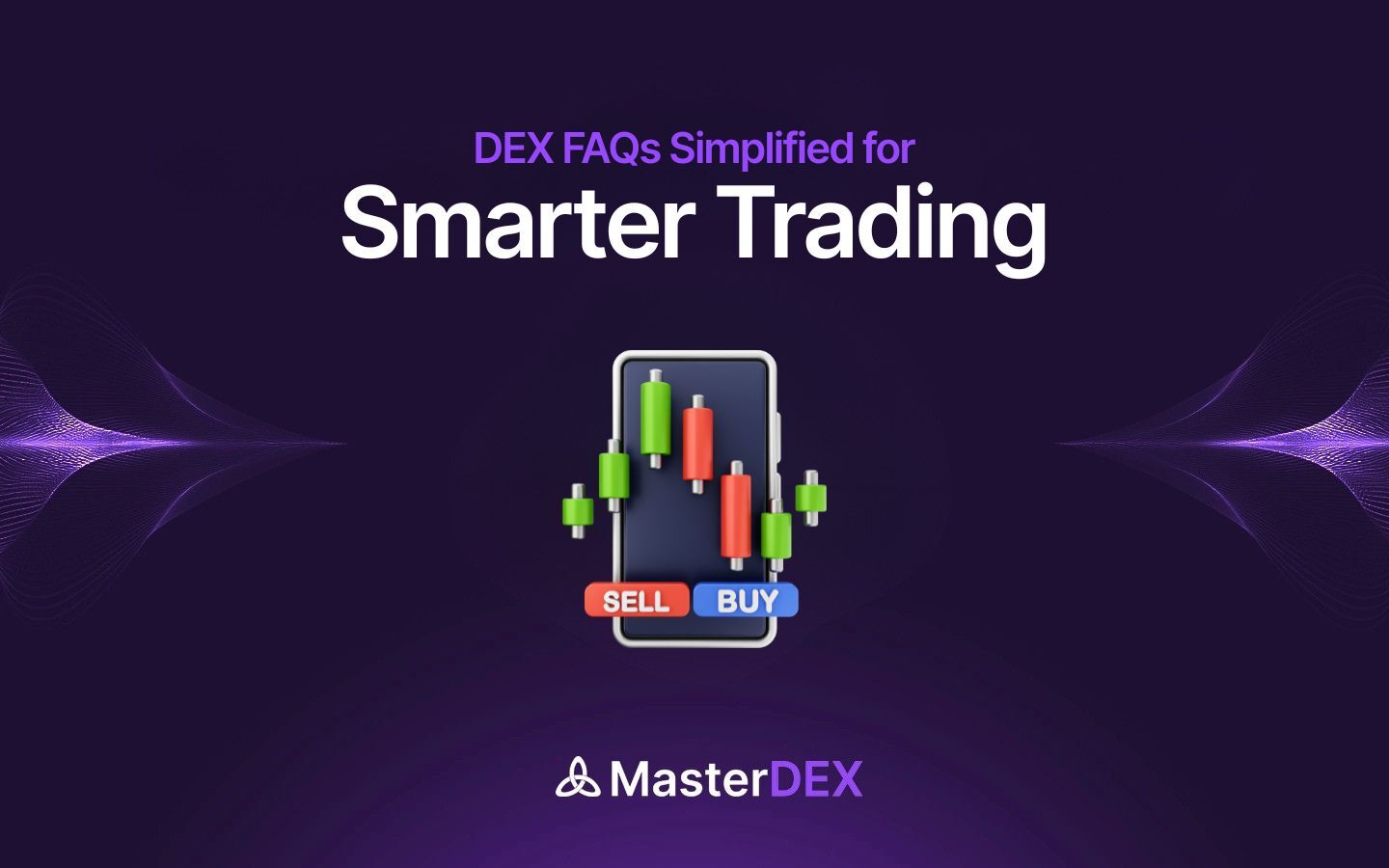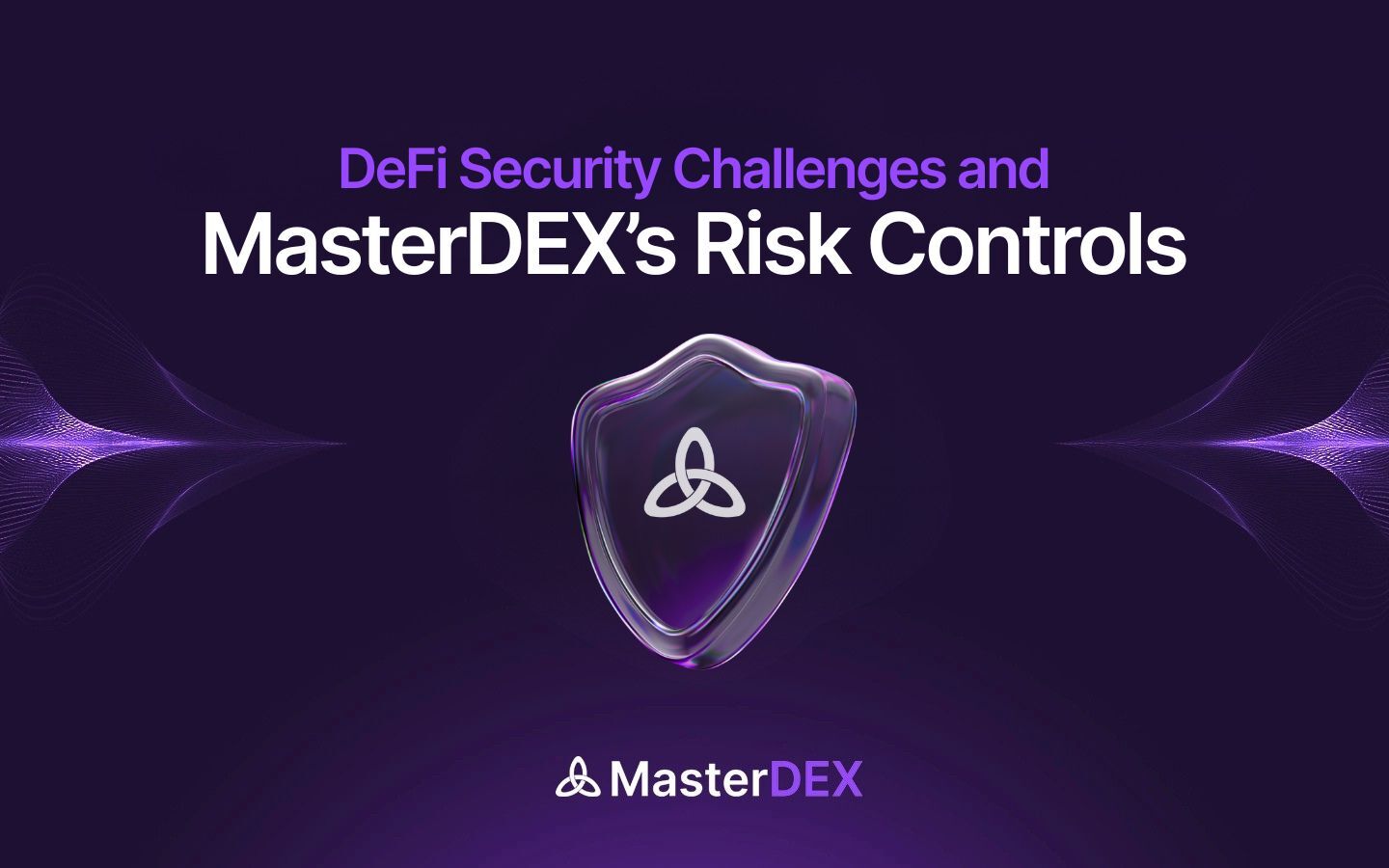Table of Contents:
ToggleOverview on Arbitrum
Arbitrum is a Layer 2 scaling solution built on top of Ethereum, designed to drastically reduce transaction costs and increase throughput while still benefiting from Ethereum’s security. Developed by Offchain Labs, Arbitrum uses optimistic rollup technology to bundle multiple transactions into a single batch and then post it on Ethereum’s mainnet. This approach allows users to enjoy faster, cheaper transactions without sacrificing decentralization or security.
Unlike Ethereum, where congestion can lead to high gas fees and slower confirmations, Arbitrum handles much of the transaction processing off-chain and submits a proof of validity later — making it ideal for the fast-paced world of decentralized finance (DeFi).
Why Use Arbitrum for DeFi?
The explosive growth of decentralized finance (DeFi) on Ethereum has been both a blessing and a challenge. While Ethereum remains the foundational layer for DeFi innovation, its network congestion and high gas fees often limit access for everyday users. That’s where Arbitrum steps in.
Key Benefits of Using Arbitrum for DeFi
1. Massively Reduced Gas Fees
On Arbitrum, gas costs are slashed by up to 90–95% compared to Ethereum mainnet. Whether you’re trading, yield farming, or minting NFTs, the experience is dramatically more affordable.
2. Lightning-Fast Transactions
Arbitrum finalizes transactions within seconds, creating a smoother and more responsive DeFi experience. No more waiting several minutes for confirmations.
3. Seamless Ethereum Compatibility
Arbitrum is fully compatible with the Ethereum Virtual Machine (EVM), meaning developers can migrate Ethereum smart contracts without rewriting them. For users, this translates into familiar tools like MetaMask and easy access to popular DeFi apps.
4. Expanding DeFi Ecosystem
Arbitrum hosts a growing list of top-tier DeFi protocols—GMX, Camelot, Radiant, Vela, and more. This vibrant ecosystem means users have diverse options for lending, borrowing, trading, and farming—all with lower costs and higher speed.
5. Community-Driven Innovation
With initiatives like the Arbitrum DAO and community grant programs, the ecosystem is designed to be driven by its users. Developers and users alike have a say in the direction of the network.
How Arbitrum Works?
To understand why Arbitrum is so efficient, you need to look under the hood—at its Layer 2 rollup technology. Arbitrum uses Optimistic Rollups, a scaling solution that batches transactions off-chain and posts the results to Ethereum with a unique dispute mechanism.
The Core Concepts:
1. Optimistic Rollups Explained
Transactions on Arbitrum happen off-chain, but they are assumed valid and recorded on Ethereum unless proven otherwise. This is where the “optimistic” part comes in—it’s trust, with a challenge window.
2. Batching Transactions
Instead of sending every individual transaction to Ethereum, Arbitrum aggregates them into batches. A single rollup batch can represent thousands of transactions, reducing costs and congestion on Ethereum.
3. Dispute Resolution Mechanism
If someone believes a transaction batch is fraudulent, they can challenge it during a predefined “dispute window.” Arbitrum then runs a fraud-proof system to resolve the issue. If the batch is legitimate, it becomes final on Ethereum.
4. Security Through Ethereum
Although transactions are processed off-chain, they inherit the security guarantees of Ethereum. That means funds on Arbitrum are just as safe as they would be on Ethereum—assuming no bugs in the rollup code itself.
Arbitrum Tokenomics – Understanding $ARB
The $ARB token powers governance within the Arbitrum ecosystem. Unlike many Layer 1 tokens, $ARB is not used for gas fees—ETH remains the currency for paying transaction fees. Instead, $ARB is designed to decentralize decision-making through the Arbitrum DAO.
Key Token Details
- Token Name: Arbitrum
- Ticker: $ARB
- Blockchain: Ethereum (ERC-20)
- Use Case: Governance
Initial Supply and Distribution
Arbitrum launched with a total initial supply of 10 billion $ARB tokens. Here’s how they were allocated:
- DAO Treasury: 42.78%
- Team & Advisors: 26.94%
- Investors: 17.53%
- Airdrop to Users & DAOs: 11.62%
- Future Grants & Ecosystem Growth: 1.13%
This structure puts a large portion of tokens in the hands of the community and Arbitrum DAO, promoting decentralization over time.
Vesting and Unlock Schedule
Team and investor tokens are subject to a four-year vesting period with a one-year cliff, meaning their tokens unlock gradually over time. This helps reduce short-term sell pressure and aligns long-term incentives.
Governance Utility
$ARB is a governance-only token, meaning holders can vote on protocol upgrades, funding proposals, and the direction of the Arbitrum ecosystem. The community controls the massive DAO treasury, with proposals covering everything from protocol parameters to grant programs.
Top DeFi Projects on Arbitrum to Watch Out
Arbitrum has rapidly evolved into a DeFi powerhouse, thanks to a range of innovative protocols redefining how users trade, lend, and farm. Here are five standout projects that are leading the charge:
GMX
GMX is one of the most prominent DeFi platforms on Arbitrum, offering decentralized spot and perpetual trading with low fees and zero slippage. Traders can use leverage up to 50x, while liquidity providers earn real yield in ETH through the GLP liquidity pool. Its sustainable revenue model and strong community presence have made it a core pillar of Arbitrum DeFi.
Radiant Capital
Radiant brings cross-chain lending and borrowing to Arbitrum, enabling users to deposit assets and earn yield while borrowing across multiple blockchains. Built on LayerZero’s messaging protocol, Radiant simplifies multi-chain DeFi and rewards users with RDNT tokens that can be locked for boosted rewards. It’s a go-to platform for passive income and capital efficiency.
Camelot DEX
Camelot is a uniquely Arbitrum-native decentralized exchange that goes beyond simple swaps. It features customizable liquidity strategies, dual farming opportunities, and a vibrant launchpad for emerging tokens. With its strong focus on community governance and protocol-native incentives, Camelot has become a breeding ground for new DeFi projects on Arbitrum.
Vela Exchange
Vela is a high-performance derivatives platform offering synthetic perpetual trading with advanced features tailored for professional traders. It delivers a smooth, CEX-like experience while keeping everything fully on-chain. With rewards for active trading and staking, Vela is quickly gaining popularity among power users looking for leverage and speed without giving up control.
Pendle Finance
Pendle is pioneering yield tokenization, allowing users to split yield-bearing tokens into principal and yield components. This enables innovative strategies like fixed yield farming or speculating on future interest rates. With growing adoption across both institutional and retail DeFi users, Pendle is bringing a whole new layer of financial tooling to the Arbitrum ecosystem.
MasterDEX
MasterDEX is gearing up to make its mark on Arbitrum with a powerful suite of DeFi tools—ranging from an AI-powered DEX explorer and portfolio manager to advanced trading features and community governance. With its multichain approach and focus on delivering real-time insights and seamless on-chain execution, MasterDEX aims to become a go-to hub for both beginners and advanced users. As it integrates with Arbitrum, expect fast, low-cost access to DeFi analytics and trading—all under one roof.
With MasterDEX preparing to go live on Arbitrum, the ecosystem is only getting stronger—offering more tools, insights, and strategies to every kind of DeFi user.
Arbitrum DeFi vs Base DeFi: How Do They Compare?
As Layer 2 ecosystems continue to rise, Arbitrum and Base have emerged as two of the most active and promising L2s on Ethereum. While they share the same goal—scaling Ethereum—they approach DeFi growth from different angles. Here’s how they stack up:
Ecosystem Maturity
Arbitrum:
Arbitrum is a first-mover among L2s and has a more mature DeFi ecosystem. It launched well before Base and has attracted heavyweight protocols like GMX, Radiant, Camelot, and Dopex. It supports a wide range of use cases—from perpetuals to yield derivatives and cross-chain lending.
Base:
Base, launched by Coinbase, is younger but growing fast. It benefits from Coinbase’s massive user base and retail reach. While it hosts popular protocols like Aerodrome, Friend.tech, and BaseSwap, it’s still developing the depth and diversity Arbitrum already has.
Backing and Community
Arbitrum:
Backed by Offchain Labs and a strong Ethereum-native community, Arbitrum emphasizes decentralization, governance (via $ARB), and infrastructure-focused development.
Base:
Built by Coinbase, Base brings a more centralized flavor initially. It’s user-friendly and aimed at onboarding the next 1 billion users to crypto, making it more retail-focused in design.
DeFi Depth and Innovation
Arbitrum:
Arbitrum leads in DeFi complexity and innovation. Protocols like Pendle and GMX have pioneered new models in trading and yield. It’s a playground for sophisticated DeFi users and developers.
Base:
Base is currently more focused on consumer-facing apps, socialFi, and meme culture. DeFi exists, but it’s still in early stages and hasn’t reached the depth or volume of Arbitrum.
Transaction Costs & Speed
Both chains are fast and affordable thanks to their L2 architecture. However, Base often edges out Arbitrum slightly in raw transaction cost due to its use of the OP Stack and tighter Coinbase integrations. That said, the difference is often negligible in real-world usage.
Native Tokens
Arbitrum:
Has $ARB as a governance token with an active DAO managing a large treasury.
Base:
Does not have a native token (yet). Coinbase has not issued a BASE token as of now, which means no governance or native incentives beyond protocol-level rewards.
Arbitrum vs Base – Comparison Table
| Feature | Arbitrum | Base |
| Launch Date | August 2021 | July 2023 |
| Backed By | Offchain Labs | Coinbase |
| Ecosystem Focus | Advanced DeFi protocols | Consumer dApps, SocialFi, and onboarding |
| DeFi Maturity | High – deep and diverse ecosystem | Early-stage – still growing |
| Top Protocols | GMX, Radiant, Camelot, Dopex, Pendle | Aerodrome, BaseSwap, Friend.tech |
| Governance Token | $ARB (with DAO treasury) | No native token yet |
| Community | Ethereum-native, governance-focused | Retail-focused, Coinbase-driven |
| Transaction Fees | Low | Very low (often cheaper) |
| Developer Ecosystem | Strong – EVM compatible, high dev activity | Fast-growing, especially for social and consumer apps |
Disadvantages of Using Arbitrum for DeFi
1. Centralized Sequencer
Currently, Arbitrum uses a centralized sequencer to order and bundle transactions before they’re posted to Ethereum. While this enables faster execution and reduced fees, it introduces a central point of control. In theory, the sequencer could censor or reorder transactions. The good news? Arbitrum developers have announced plans to decentralize the sequencer in future upgrades.
2. Bridge Risks
To move assets from Ethereum or other chains to Arbitrum, users rely on bridges like the Arbitrum Bridge or third-party solutions. These bridges are often targeted by hackers, and any vulnerability could result in asset loss. While the Arbitrum-native bridge is relatively secure, using any cross-chain tool requires extra caution and trust in its smart contract infrastructure.
3. Limited Tooling and Integration
While Arbitrum has gained strong traction, some DeFi tools, wallets, and services still offer limited support compared to Ethereum. Users might find fewer analytics dashboards, portfolio trackers, or automation tools that fully integrate with Arbitrum-native apps. This is rapidly improving—but gaps still exist, especially for power users.
4. Learning Curve for New Users
For newcomers, jumping into Layer 2 can feel overwhelming. Tasks like bridging funds, adding networks to wallets, and switching between chains add complexity. Additionally, some interfaces on Arbitrum dApps may not be as polished as their Ethereum counterparts. While the ecosystem is growing more user-friendly, it still requires a bit of DeFi know-how to navigate confidently.
Conclusion
Arbitrum has quickly evolved into one of the most trusted and active ecosystems in the world of DeFi. With its low fees, high-speed transactions, and deep protocol diversity, it offers users a smooth, powerful experience without compromising on Ethereum-grade security. From industry leaders like GMX and Radiant to innovative platforms like Pendle and the upcoming MasterDEX, Arbitrum continues to push the boundaries of what’s possible in decentralized finance.
While other Layer 2s like Base are catching up with retail-focused and socially driven apps, Arbitrum currently leads in DeFi maturity, innovation, and infrastructure—making it an ideal choice for both beginners exploring yield farming and veterans executing advanced trading strategies.
As the ecosystem continues to grow and evolve, one thing is clear: Arbitrum is not just scaling Ethereum—it’s scaling the future of finance.



